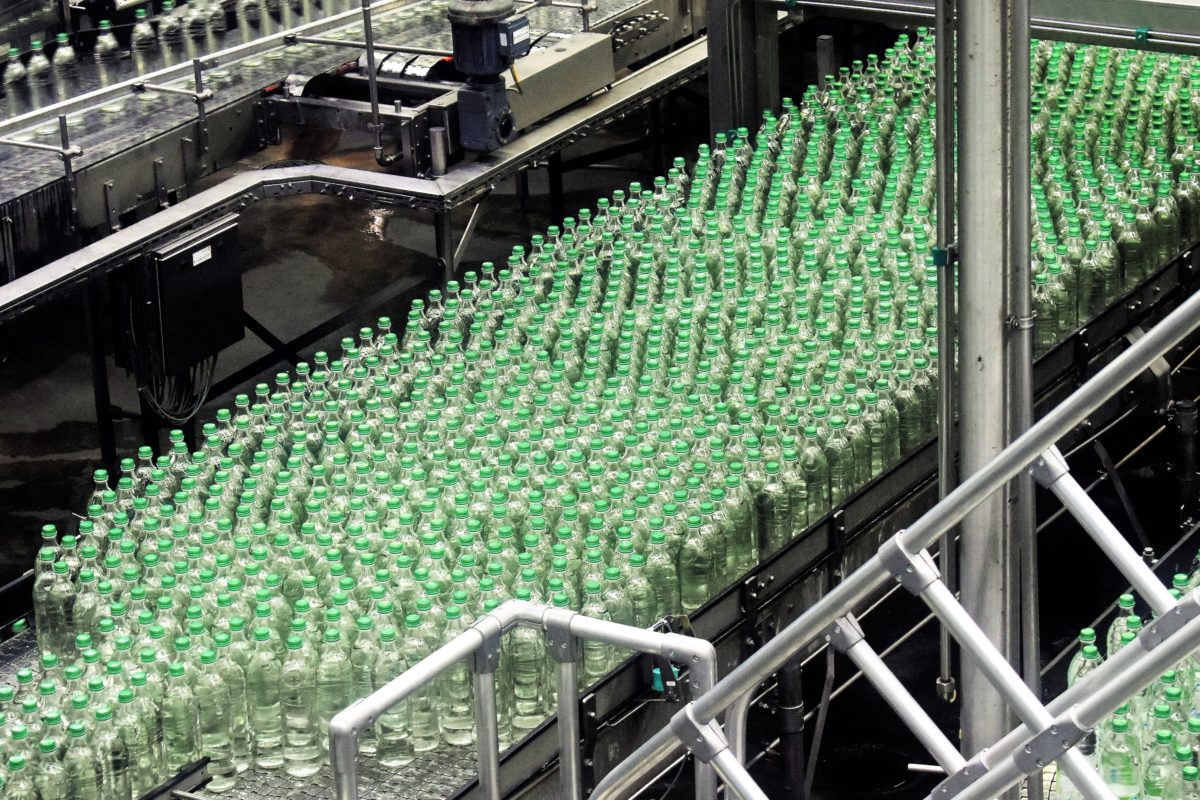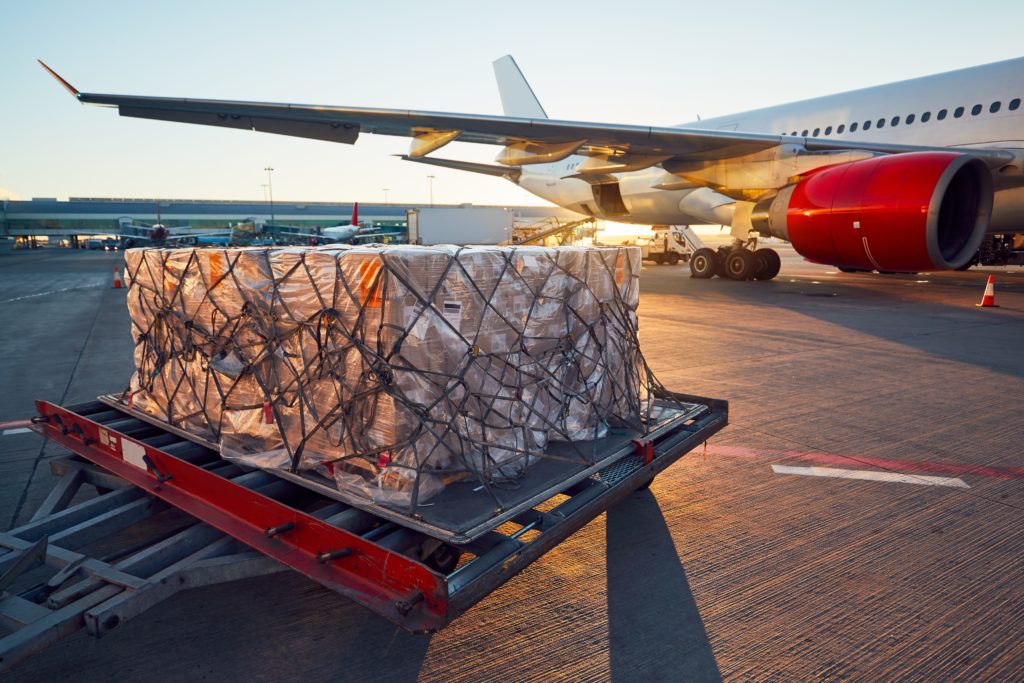Packaging Industry Trends 2022: Our Predictions for What Is Next
While 2020 was dominated by the pandemic, 2021 has been an unknown. I don’t know about you, but we’ve found here at Advanced Dynamics that there’s no seasonality like there used to be. The packaging industry cannot forecast as it used to as the trends and historical data about when peaks in sales will happen is off.
With that in mind, you probably think we’re mad for trying to predict the packaging industry trends for 2022. That said, myself and a couple of my colleagues are going to give it a damn good go. So, sit back, grab yourself a mulled wine and a mince pie, and turn down the Mariah Carey tunes. These are our top eight predictions for the packaging industry in 2022…
1. Businesses Will Continue to Be Cautious With Their Investment
Let’s face it, we’re still unsure of what is going to happen next month, never mind next year – particularly when it comes to COVID-19. The emergency COVID-19 legislation is still in place until the end of March 2022 and, for that reason businesses are still cautious and operating under a Sword of Damocles, where the knife could drop at any point.
There will be certain businesses – particularly those that were badly burned by the initial impact of the pandemic – that will be continuing to look over their shoulder during the interim, as experiences like that change the way business owners think and act. I expect that caution will most likely stick around until, at least, the second half of 2022.
2. Big Packaging Businesses Will Take More of Their Operations In-House
Do you remember what happened with the dairy industry in the 1990s, when it transitioned to plastic bottles with a three-panel label as a standard?
At the time, production volumes reached such heights that empty bottles and thin air was being shipped around the UK. As a result, dairy farmers worked with bottle blowing companies to install bottle blowing plants within their own bottling lines, thus minimising costs, cutting down lead times, and ultimately meaning those businesses held far more control in their own hands.
There is an air of that same thing happening right across the packaging industry right now. Many of the conversations we’re having with our customers are around how they can take more control of their end-to-end packaging production.
Even if they’re not looking at that, they are trying to identify how they can source their supplies from the UK rather than from overseas, to try and reduce the lead times and astronomical shipping costs that have been endured by multiple industries, not just ours, over the last 12 months.

3. Tech Developments and the Revolution of the Customer and Engineer Experience
Businesses in the packaging industry are thinking more creatively than they have done in a long time in order to tackle internal modern-day problems.
One of the biggest issues we face, here at Advanced Dynamics, is how we offer our customers support beyond the sale of one of our machines, such as our bottle sorting machines.
Traditionally, that has been a physical experience – from purchase through to implementation. However, products like SCADA (Supervisory Control And Data Acquisition), which sounds more like something out of a Terminator movie, are going to give businesses of all shapes and sizes the capabilities to garner more information and deliver remote assistance like never before.
To be clear, this isn’t new technology I’m talking about. But during 2022, we’re going to see this filtered down the chain far more, to the point that all manufacturing and packaging companies will have access to it.
SCADA will allow us to deal with up to 60% of the issues that are raised with us almost instantly through live, real-time, information. We’ll be able to virtually diagnose machines without an engineer being on site. And, speaking openly, we’re bloody excited about it.
4. A New Wave of Apprenticeship Schemes
I want to tell you a story about my dad.
My dad left school with no qualifications but he’s a fantastic engineer. He can strip an engine down and put it back together quicker than I can get my socks on in the morning. His mathematical skills are fantastic and after turning his hand to engineering, he’s made an excellent career for himself.
This isn’t an old topic of debate but its importance only continues to heighten within our industry, because there is a shortage of quality engineers.
I’m not going to talk too much about the education system or Universities (I’ll end up going off on a tangent that no one has time for), but we are starting to see far more pushes for careers in the trade, construction, and manufacturing industries – thanks to education bodies, like STEM. A necessary extension to the core part of education; STEM is teaching students life skills as well as preparing them early on for potential careers in a trade environment.
This is a hope as well as a prediction, but I do believe 2022 will be a key year in the push for more apprenticeships across the manufacturing, packaging and labeling industry.
5. Freight Will Still Be Really, Really Expensive
I was never going to get through this piece without mentioning freight.
It was predicted that those challenges would have disappeared by now. It’s not just the cost we’re talking about here, but the time it takes to ship. Those two combined are what is causing the biggest problems.
The crazy thing is that, during a time when we are fully aware of the green agenda, it’s actually not that much more expensive to air freight.
It follows the B2C price model. To use an analogy, you can book a flight to Paris for sometime in February and it’ll probably cost you £30. If you do that before or just after New Year – same plane, same flight, same time – and it’s going to be £250.
Back to our reality, a little labelling machine, which would have cost us £1,000 to sea freight in a container, has cost us the same price as air freight. That has never happened before.
And even if it costs a little bit more, it appears to be worth it now because of all of the issues that we’re facing with driver shortages (I actually received a letter through the post because I hold a lorry licence and my assistance has been requested to help the nation by driving a wagon).
Those costs, of course, cannot be sustained long-term because air freight will only increase in price as more and more businesses choose that option. Back to the drawing board on that one.

6. We Will Need to Get To Grips With the UKCA Marking
Another packaging trend is an issue that is not well publicised but is one that will need to be addressed over the course of the next 12 months.
For context, we’re moving from the CE marking, which is a European legislation that we were part of until Brexit happened.
What that means is that UKCA marking, which is almost identical to the CE marking but for a few minor differences, will become law in this country in January 2023. All machines in this country will need to show the UK marking and be compliant with it.
It’s an exciting proposition but there is a lot to be ironed out during 2022 ahead of meeting the January 2023 target on this. I dare say we will end up writing a separate blog about this at some point in the very near future. Watch this space.
7. Wider Discussions on Reducing Plastic Packaging and Plastic Waste
Here’s what our very own Vanessa Lewis had to say about today’s consumer demand on packaging materials:
“With the world’s environmental issues in mind and the recent Climate Change Conference, I think the consumer will continue to put pressure on manufacturing companies to look at ways to reduce packaging waste. I think refillable/reusable products and more sustainable packaging will be seen more and more. I have noticed an increase in enquiries for pouch filling and labelling. I also think more metal and glass containers will be seen on the shelves, the type of packaging solutions that looks good that we can refill.”

8. A Boom of New Small Packaging Businesses
A top bloke and bloody hilarious as well as knowledgeable, our Head of Product and Planning, Ian Parkin, said: “I believe next year we will see an increase in the amount of smaller packaging businesses.
“We have seen slightly more small filling/packaging businesses appear this year but I believe because of Brexit and the difficulty in importing goods more entrepreneurs will be setting up smaller more niche supply chains.”
These are just a few of our thoughts on next year’s packaging industry trends but we’d love to hear what you think is next. Join the conversation on our LinkedIn channel now!
Written by Tom Smith, Managing Director at Advanced Dynamics
Photo credit: Shutterstock and Unsplash


